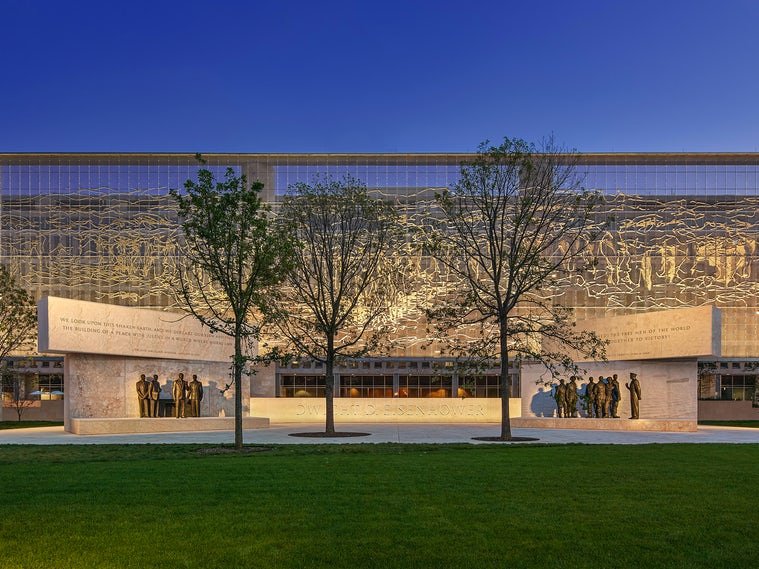Tiffany & Co. Celebrates Its Iconic Blue Book
When it was first published in 1845, the Tiffany & Co. Blue Book made history as the first direct-mail catalog to bring fine jewelry to American doorsteps. In the decades that followed, its pages would become the stuff of luxury legend, introducing American aesthetes, whether armchair or actual, to treasures otherwise unknown. “The original Blue Book is an important piece of Tiffany legacy,” notes the company’s global CEO, Anthony Ledru.
Visitors to London’s Saatchi Gallery can see for themselves in “Vision & Virtuosity,” a brand exhibition on view from June 10 to August 19 (saatchigallery.com). The show surveys some 400 objects, including early catalogs from the Tiffany archives, organized into a series of thematic chapters. Those range from a deep dive into the legacy of window displays to a celebration of engagement rings to a spotlight on past Blue Book wonders, among them pieces by the legendary Tiffany designer Jean Schlumberger, whose fanciful creations won over the likes of Babe Paley, Jayne Wrightsman, and Audrey Hepburn.
Tastemakers of the current moment, meanwhile, can choose from Tiffany’s latest high jewelry collection, which takes its name from the Blue Book. Now, as ever, the house turns the page with style. tiffany.com
Change of Address: A brief history of the Tiffany & Co. flagship


